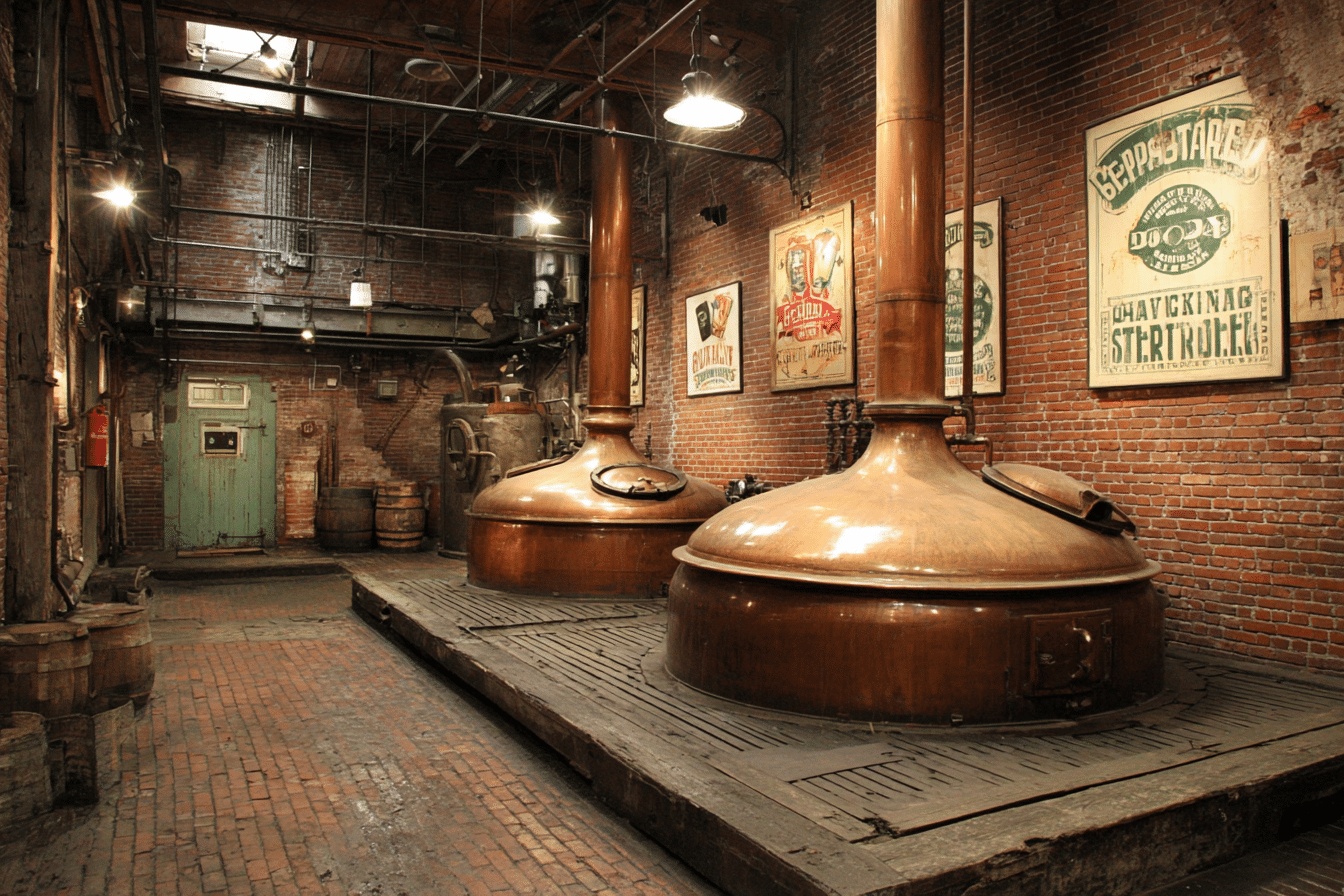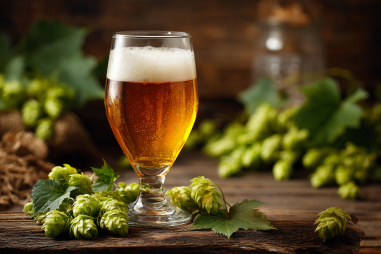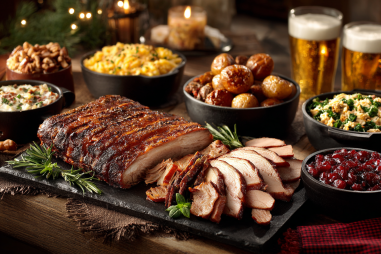The American Style Pilsner is a beloved beer style that has become a fixture in the U.S. brewing scene, appreciated for its crisp, refreshing taste and balance of malt and hop characteristics. To fully understand this popular style, it’s important to delve into its rich history and origins — from its beginnings in Europe to the unique developments that occurred once it crossed the Atlantic. This journey reveals how tradition, innovation, and cultural shifts combined to shape the American Style Pilsner as we know it today.
Origins of the Pilsner Style in Europe
The story of the pilsner begins in the heart of Europe, specifically in the city of Pilsen (Plzeň) in what is now the Czech Republic. In 1842, the world saw the birth of the first pale lager—Pilsner Urquell—crafted by brewer Josef Groll. This beer introduced a distinct clarity, a golden hue, and a crisp flavor profile, notable for its balance of subtle malt sweetness and a pronounced hop bitterness derived from noble Saaz hops.
Before pilsners, much of Europe’s beer was darker and cloudier, often top-fermented ales with heavy or sour notes. The bottom-fermenting lager yeast and cooler fermentation temperatures used for the pilsner style were revolutionary, producing a cleaner, more refreshing beer. Soon, pilsners gained tremendous popularity across Europe and laid the foundation for numerous lager styles worldwide.
How European Immigrants Influenced American Brewing
When waves of European immigrants, particularly Germans and Czechs, arrived in America during the 19th century, they brought their brewing traditions with them. These communities sought to replicate the beers they loved back home—a task that led to a melding of old-world techniques with the unique resources and conditions found in the United States.
Early American brewers adapted pilsner recipes using local ingredients and sometimes altered water profiles, which affected the final product’s taste and character. Cities like Milwaukee, St. Louis, and Cincinnati became brewing hubs where lager styles flourished. Breweries founded by immigrants such as Anheuser-Busch, Pabst, and Schlitz played critical roles in introducing lager-style beers to a growing American audience.
Evolution of the American Style Pilsner
The American Style Pilsner evolved as brewers experimented with hops and malt to create a beer that was both true to its European roots and tailored to American tastes. While traditional European pilsners are often lighter in hop character and more delicate, American versions tended to be bolder. Brewers frequently used more intense hop varieties, such as American-grown Cascade and Centennial hops, resulting in a beer with increased bitterness and floral or citrus notes.
Additionally, the American water profile often differed from that of Pilsen, impacting the beer’s mouthfeel and hop balance. This gave the American Style Pilsner a distinctive crispness and a bit more punch in hop aroma and flavor, creating a more assertive yet still approachable lager.
Impact of Prohibition and the Craft Beer Renaissance
The story of the American Style Pilsner is incomplete without acknowledging the profound effects of Prohibition, which lasted from 1920 to 1933. This period forced many breweries to close or drastically change operations, stalling the development of many traditional beer styles. After Prohibition ended, the American brewing industry consolidated, and many breweries focused on producing light, easy-drinking lagers to appeal to mass markets.
It wasn’t until the late 20th century, with the rise of the craft beer movement, that American Style Pilsners experienced a renaissance. Small craft breweries began revisiting classic styles, seeking to innovate while honoring tradition. This revival introduced more diverse variations of the pilsner, emphasizing quality ingredients, innovative hopping techniques, and a renewed focus on balancing malt character and bitterness.
Key Breweries Pioneering the Style
Several breweries have been instrumental in shaping and popularizing the American Style Pilsner. Early craft brewery pioneers such as Sierra Nevada Brewing Company helped showcase how American hops could be used to create an assertive yet balanced pilsner that stood apart from both traditional European versions and mass-produced American lagers.
Other notable breweries include:
- Victory Brewing Company: Known for its Headwaters Pale Ale and Prima Pils, which highlight the bold hop character of the American style.
- Firestone Walker Brewing Company: Their Pivo Pils emphasizes quality pilsner malt and a blend of American hops for crispness and complexity.
- Odell Brewing Company: Created their Myrcenary Pilsner to demonstrate the versatility of American hops in a traditional lager style.
These breweries and others have cemented the American Style Pilsner as a versatile and popular choice for craft beer drinkers.
Modern Developments and Trends
In recent years, the American Style Pilsner has continued to evolve, embracing new ingredients and brewing techniques. Some trends include:
- Use of New Hop Varieties: Brewers are experimenting with newer American and experimental hops to offer fresh tropical, resinous, and citrus flavors.
- Focus on Drinkability: Despite more intense hop profiles, many pilsners emphasize sessionability—lower alcohol content and clean finishes.
- Sustainability and Local Sourcing: Many brewers incorporate locally sourced grains and hops, impacting flavor and supporting regional agriculture.
- Hybrid Styles: Some brewers marry the pilsner with other beer styles, creating unique hybrid offerings like “American Hazy Pilsners” or barrel-aged versions.
These modern innovations make the American Style Pilsner a continually exciting style for both brewers and beer lovers.
Cultural Significance in the U.S. Beer Landscape
The American Style Pilsner holds a unique place in the U.S. beer culture. It serves as a bridge between traditional European brewing heritage and the bold creativity of the American craft beer scene. Its crisp, balanced profile makes it accessible to a broad spectrum of drinkers, while its variations allow for innovation and exploration.
This style often acts as an ambassador beer, introducing new drinkers to craft beer through its easy drinkability, while also providing seasoned beer enthusiasts a canvas to appreciate nuanced malt and hop interplay. Whether enjoyed on a sunny patio or at a neighborhood gathering, the American Style Pilsner embodies a celebration of brewing history and the spirit of American innovation.
Reflecting on the Legacy of the American Style Pilsner
The American Style Pilsner is more than just a beer; it is the culmination of centuries of brewing tradition, immigrant ingenuity, and modern creativity. From the golden streets of Pilsen to the bustling craft breweries in America’s cities and towns, this style has charted a remarkable course.
Today, it stands as a versatile and beloved choice, honoring its historic roots while showcasing the dynamic future of brewing. Whether you’re a longtime pilsner fan or new to this style, exploring the American Style Pilsner offers a glimpse into the rich tapestry of beer history and a taste of the ongoing craft beer revolution.







